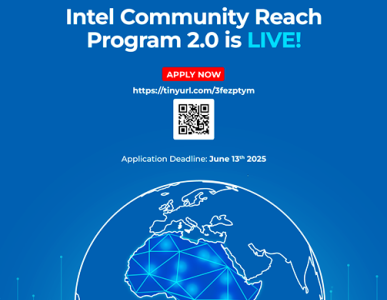Creating a buoyant marketplace for Virtual Reality (VR) in the future will depend on high-quality and interoperable services, the President of VR Industry Forum (VRIF) has said.
Speaking during an IBC2018 Masterclass on VR Technology and Industry, Rob Koenen highlighted the healthy and realistic expectations that now surround VR – but warned that the industry will need to come together to ensure its full potential is realised.
“Forecasts for VR are good – IDC, for example, expects spending on AR and VR products and services to reach $27 billion in 2018 – but there is still work to be done,” said Koenen. “To ensure these projections are delivered, the industry needs to come together to focus on creating interoperable, high-quality services which are accessible and bring true value to end users.”
Koenen emphasised how far VR has already come with the example of the first wave of headsets being geared only for early adopters, citing that they were expensive, required expensive computers, and were clumsy to set up. He noted that now, we see stand-alone headsets appearing that are below $200 USD, have no wires, require no computer, and offer better quality.
He then moved on to underline the progress that is visible in demonstrations being shown at the VRIF booth in IBC’s Future Zone. These demonstrations, said Koenen, are all based on the VRIF’s Guidelines and showcase standards-based implementations becoming available, including for high-quality live VR360 streaming, tools for the production and playback of streaming VR360 based on the MPEG Omnidirectional Media Format (“OMAF”) and MPEG‑H spatial audio.
“Consumers and businesses alike are interested in VR and a healthy ecosystem is developing, but for it to be truly successful it needs to reach enough people, deliver a cinematic-type experience and be affordable to distribute,” continued Koenen. “Live services will be key to the success of VR; they take the VR experience to the next level. They are a now key focus for VRIF and we will document recommendations for live VR in the upcoming version of our Guidelines, which is scheduled for publication in January 2019.”
Koenen also welcomed the new wave of VR applications that are emerging beyond entertainment, such as training and in healthcare.
He concluded his masterclass by emphasising the importance of interoperability in bringing the different elements of VR together: “For consumers, interoperability means less hassle and less expense, and for content creators and distributors, it means easier and more cost-effective production and distribution. This also means that there are more opportunities for ads and promotion – it truly is a win-win-win.”
The VRIF membership includes XR influencers, leaders and innovators such as Akamai, Dolby, Ericsson, Fraunhofer, Harmonic, Huawei, Intel, Nokia, Qualcomm, Sky, Sony, Verizon and many more. Focusing on cinematic VR, the VRIF advocates for consensus around technical standards, encourages interoperability and develops guidelines for best-practices, aiming to bridge the adoption chasm and reduce costs of development and production.
To find out how to become a member, please visit: https://www.vr-if.org/
About VRIF
VRIF is composed of a broad range of participants from sectors including, but not limited to, the movie, television, mobile, broadcast and interactive gaming ecosystems, comprising content creators, content distributors, consumer electronics manufacturers, professional equipment manufacturers and technology companies. Membership in VRIF is open to all parties that support its mission. VRIF relies on Standards Development Organizations (SDOs) to develop relevant standards, liaising with such SDOs.

































